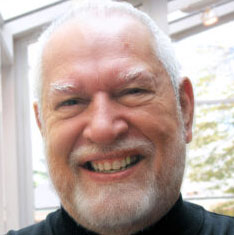Amy returns to TWiV to discuss her work on the identification of cross-reactive antibody responses among diverse enteroviruses, and the implications for our understanding of viral pathogenesis and seroprevalence studies.
From the Fourth Symposium on Giant Virus Biology in Germany, Vincent, Rich, and Nels speak with Assaf, Stephen, and Alexandra about their careers and their work on giant viruses that infect ocean hosts: Emiliana huxleyi, Aureococcus anophagefferans, and a choanoflagellate.
The TWiVome discuss the blood virome of 8,420 humans, and thoroughly geek out on a paper about the number of parental viruses in a plaque.
The TWiVbolans discuss the finding that human noroviruses, major causes of gastroenteritis, can for the first time be propagated in B cell cultures, with the help of enteric bacteria.
Vincent, Alan, Rich and Marc discuss the finding that a limited number of incoming herpesviral genomes can replicate and express in a cell, and controlling viral replication in Aedes aegypti with a Wolbachia symbiont.









